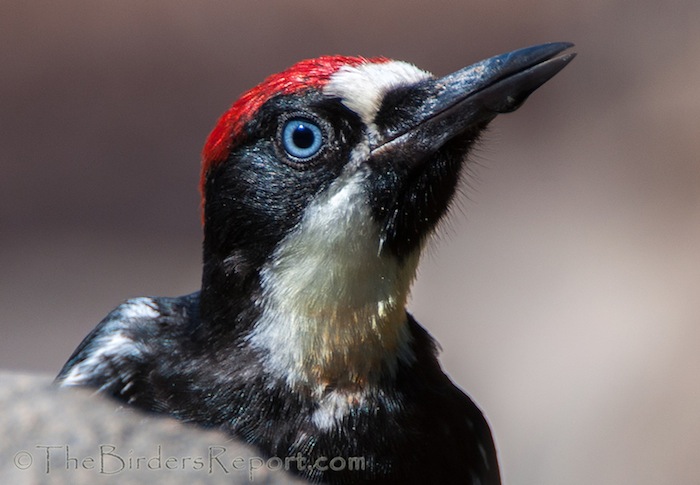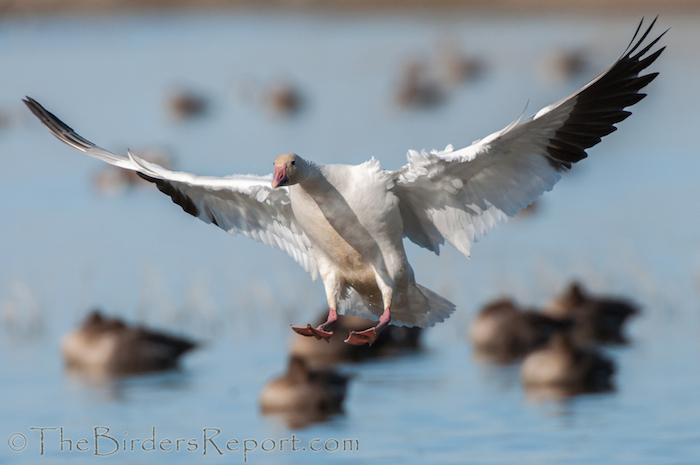Launched in 1998 by the Cornell Lab of Ornithology and National Audubon Society, the Great Backyard Bird Count was the first online citizen-science project to collect data on wild birds and to display results in near real-time.
Why do we count birds? Because bird populations are dynamic and constantly in flux, no single scientist or team of scientists could hope to document and understand the complex distribution and movements of so many species. This is why citizen science is so important.
Birds are known as sentinel animals. They can detect risks to humans by providing advance warning of a danger, whether it be exposure to a particular hazard (the canary in the coal mine), or changes in the environment (climate change).
Scientists use information from the Great Backyard Bird Count, along with observations from other citizen-science projects, such as the Christmas Bird Count, Project FeederWatch, and eBird, to get the “big picture” about what is happening to bird populations. The longer these data are collected, the more meaningful they become in helping scientists investigate important far-reaching questions like climate change.
The best thing about the GBBC is that it’s easy to do and it’s fun too! The event runs for four days starting February 13th and ending on the 16th. All you have to do is tally the numbers and kinds of birds you see for at least 15 minutes on one or more of the count days, from any location, anywhere in the world! Although it’s called the Great Backyard Bird Count you can count birds, at a nearby park, nature center, your schoolyard, or neighborhood, anywhere you find birds!
In addition to accepting bird observations from anywhere in the world, you can now use the eBird/GBBC program to keep track of your bird life list, yard list, and any other lists which will be automatically stored and updated. You may explore what is being reported by others and you can keep on reporting your birds year round through eBird. Every sighting reported in the Great Backyard Bird Count becomes part of a permanent record that anyone with Internet access can explore.
This year during the GBBC, we’re issuing a call to all of the more experienced birders to introduce someone new to bird watching! Take them out on a bird walk with you or watch feeders together from indoors. Sharing your enthusiasm about birds and showing them how to participate in bird counts is what matters most.
“People who care about birds can change the world,” said Audubon chief scientist Gary Langham. “Technology has made it possible for people everywhere to unite around a shared love of birds and a commitment to protecting them.”
Get all the information you need to participate at http://gbbc.birdcount.org/


